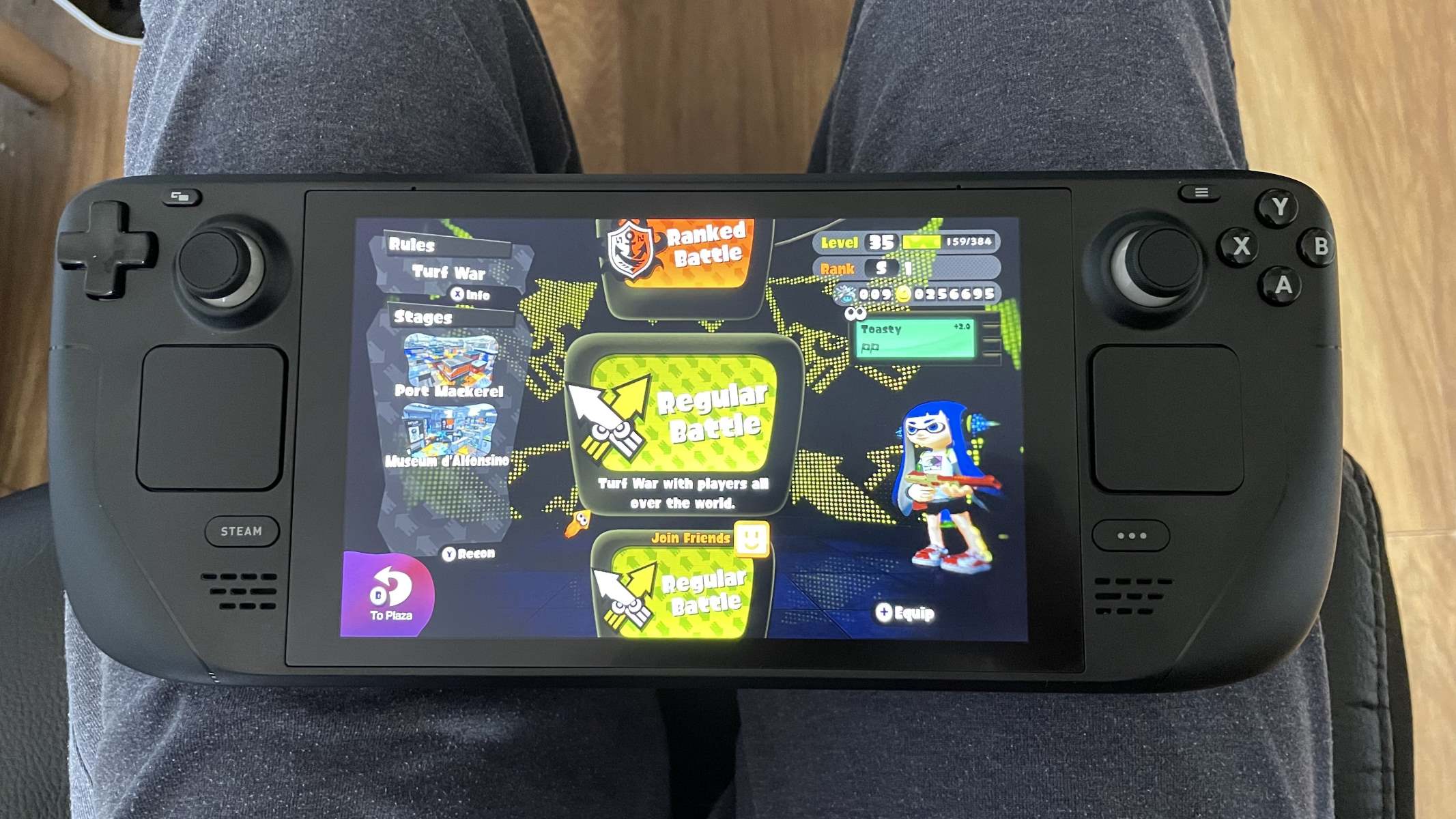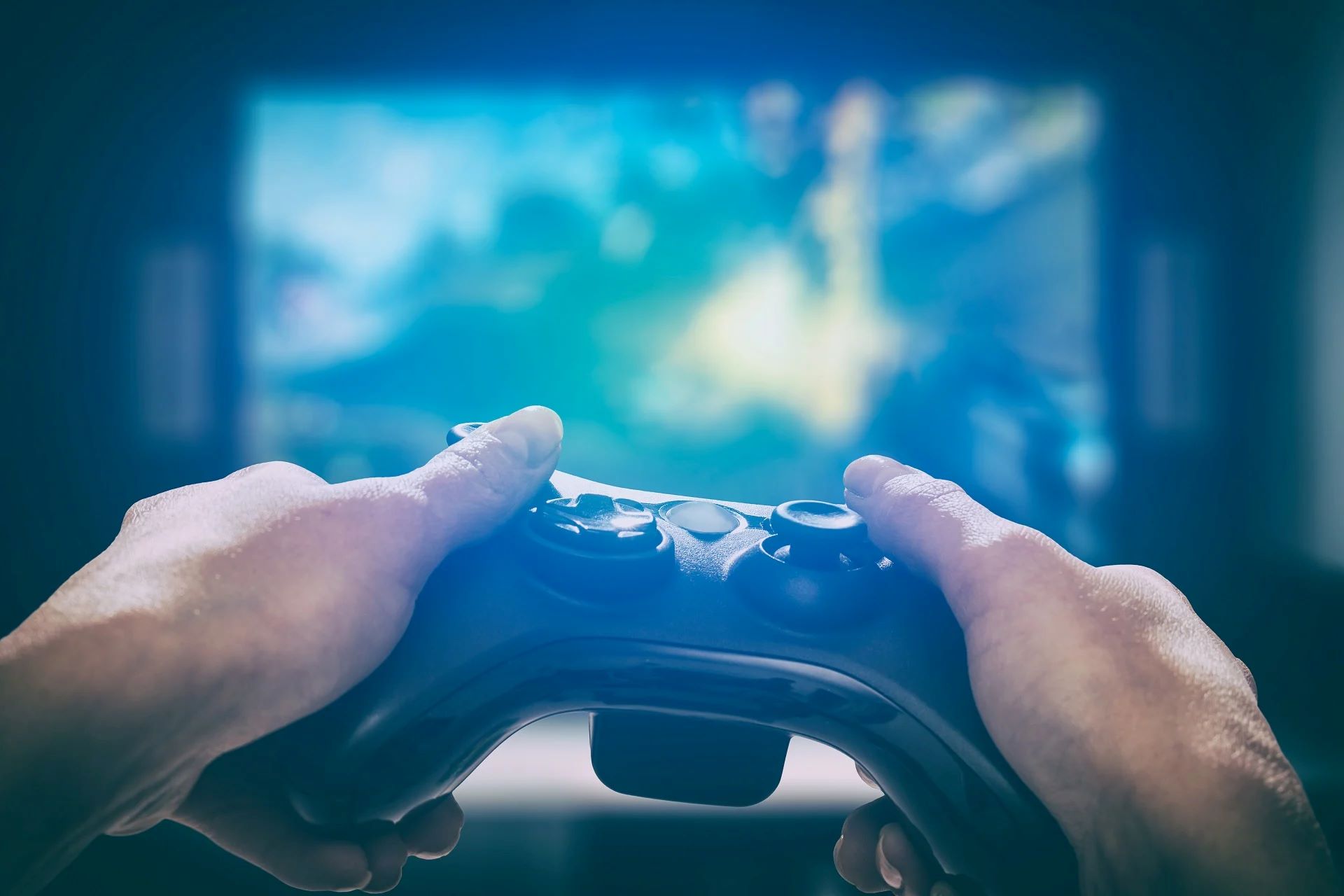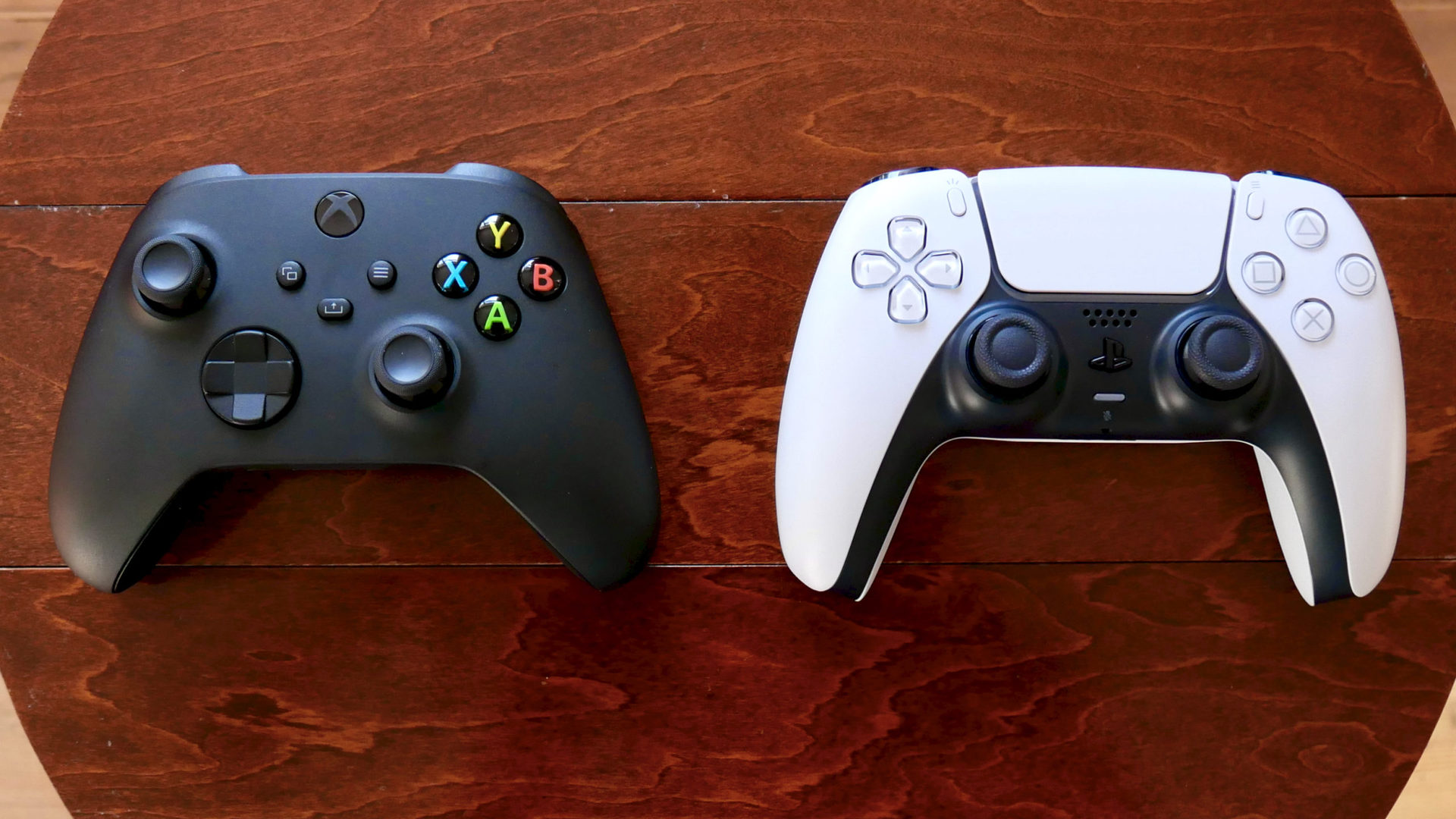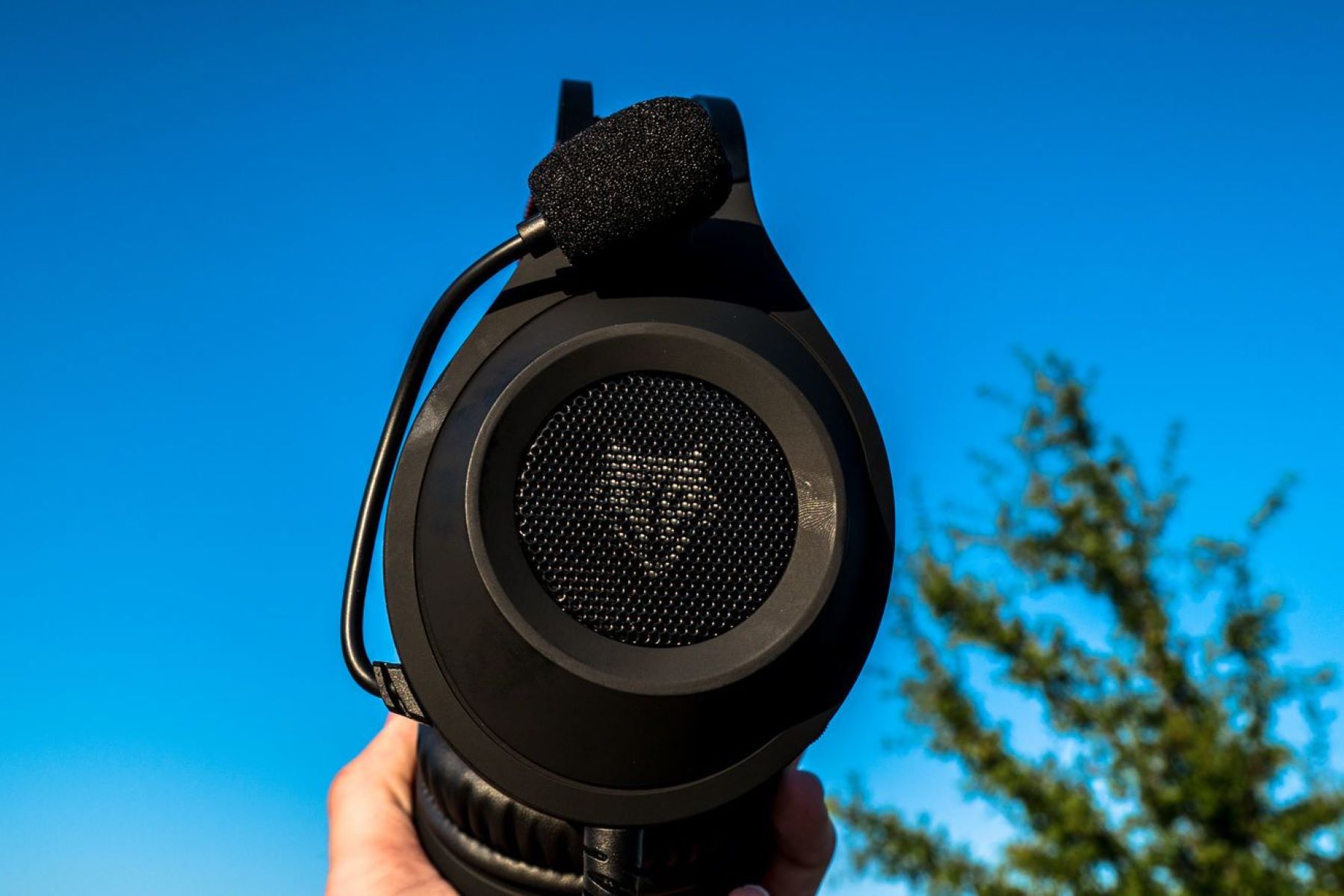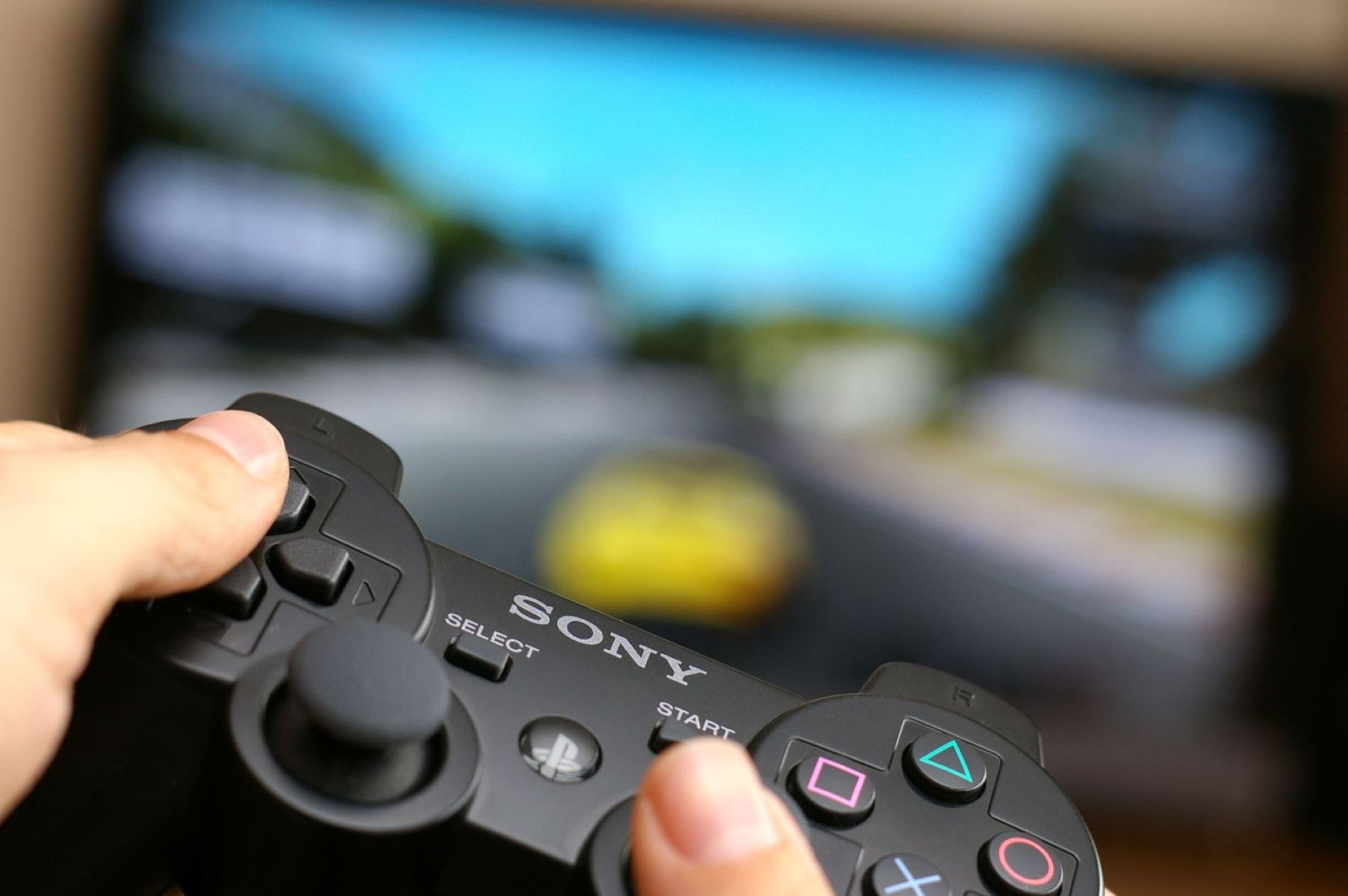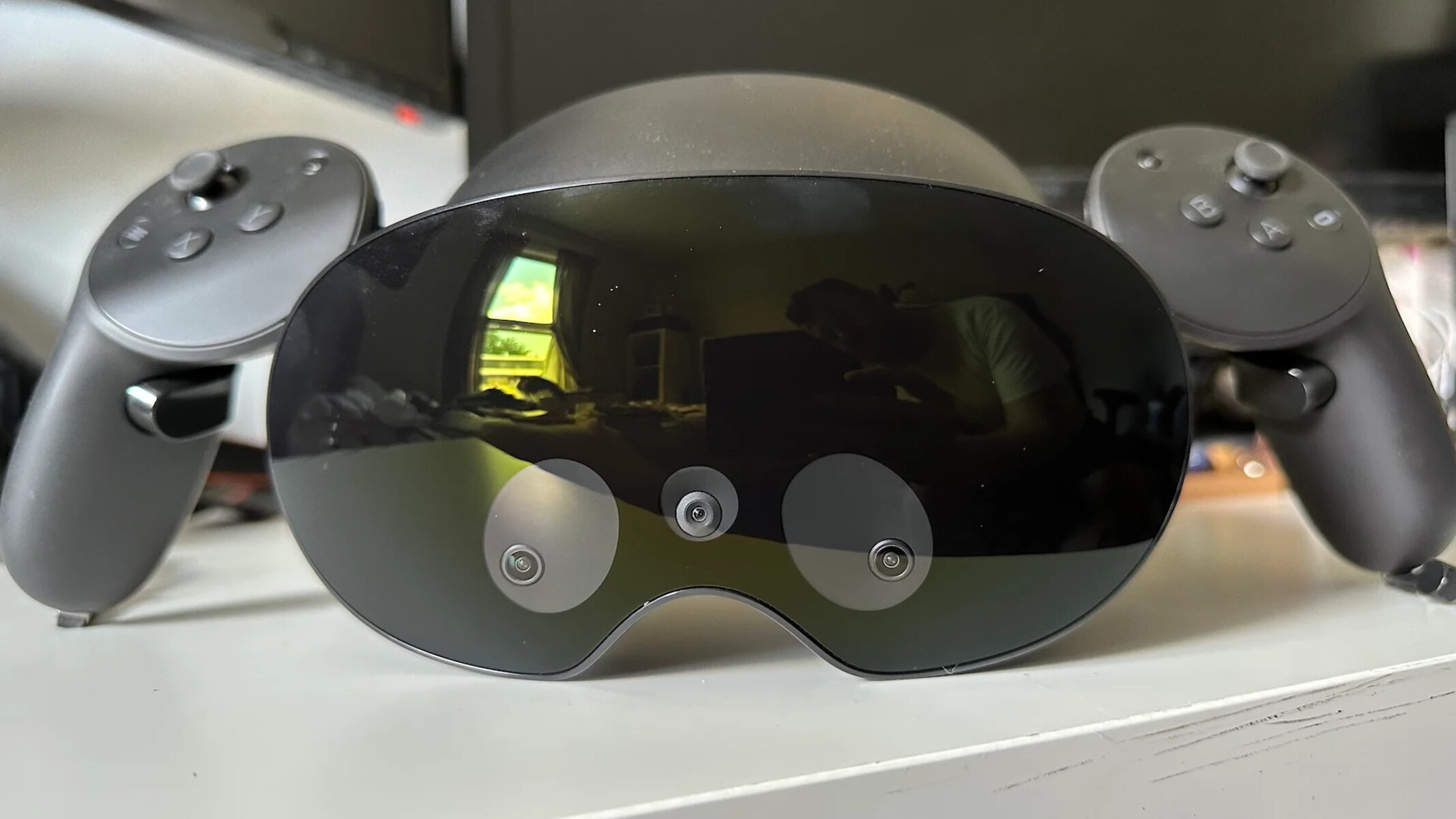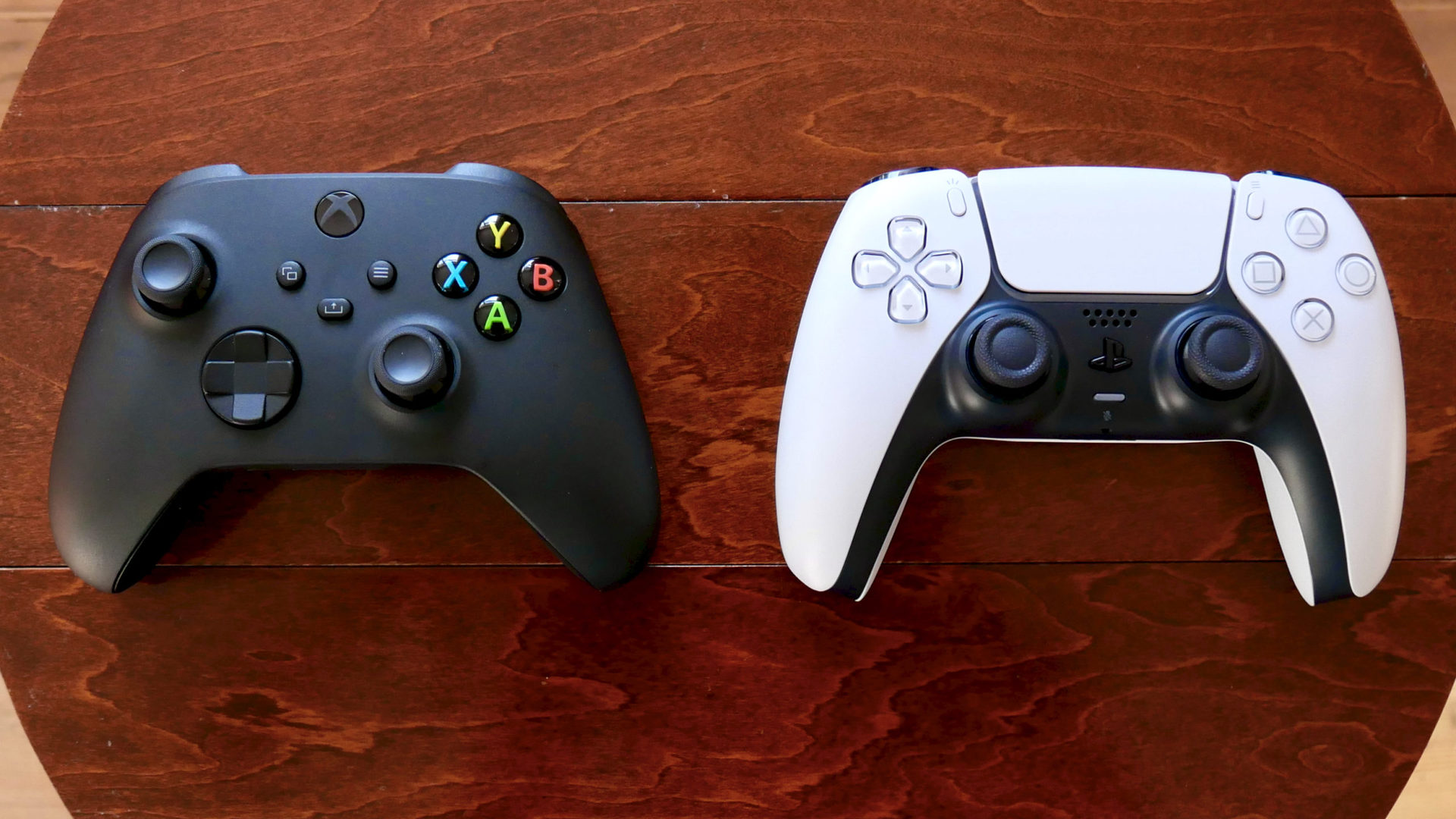Introduction
Introduction
Welcome to the exciting world of Super Smash Flash 2 (SSF2), a popular fan-made fighting game that brings together iconic characters from various video game franchises. While playing SSF2 with a keyboard is a viable option, many players prefer the familiarity and precision of a game controller. Using a game controller can enhance your gaming experience, allowing for smoother inputs and improved gameplay. In this guide, you will learn how to connect and configure a game controller to use with SSF2, familiarize yourself with the button layout, and practice using the controller effectively.
Whether you are a seasoned SSF2 player looking to switch to a game controller or a newcomer eager to explore different play styles, this guide will equip you with the knowledge and skills to seamlessly integrate a game controller into your SSF2 gaming sessions. So, grab your game controller, get ready to level up your gameplay, and let's dive into the world of SSF2 with a new perspective.
Connecting the Game Controller to Your Device
Before immersing yourself in SSF2 with a game controller, the first step is to connect the controller to your device. The process may vary depending on the type of controller you have, but the general steps remain consistent. Here’s how to connect a game controller to your device:
- Wired Controllers: If you’re using a wired game controller, simply plug one end of the USB cable into the controller and the other end into an available USB port on your device. Once connected, your device should automatically recognize the controller, and you’ll be ready to configure it for use with SSF2.
- Wireless Controllers: For wireless game controllers, you’ll need to pair the controller with your device using Bluetooth or a wireless adapter. Refer to the controller’s instruction manual for specific pairing instructions. Once paired, your device should detect the controller, and you can proceed to the configuration process.
It’s important to ensure that your device supports the type of controller you’re using. Some controllers may require specific drivers or software to function properly, so be sure to check the manufacturer’s recommendations for compatibility with your device.
Once your game controller is successfully connected to your device, you’re one step closer to enhancing your SSF2 gaming experience. The next section will guide you through the process of configuring the game controller within SSF2, ensuring that it’s optimized for seamless gameplay.
Configuring the Game Controller in SSF2
Now that your game controller is connected to your device, it’s time to configure it within SSF2 to ensure smooth and responsive gameplay. SSF2 offers built-in support for game controllers, allowing you to customize the button layout and sensitivity to suit your preferences. Follow these steps to configure your game controller in SSF2:
- Accessing the Controller Configuration: Launch SSF2 and navigate to the options menu. Look for the controller settings or input configuration section. Here, you’ll find the necessary tools to map your controller’s buttons and adjust sensitivity settings.
- Mapping Buttons: Once in the controller configuration menu, you can map each button on your controller to correspond with the in-game actions. For example, you can assign the A button to perform standard attacks, the B button for special moves, and so on. Take your time to customize the button layout to match your play style and comfort.
- Adjusting Sensitivity: Some game controllers allow you to adjust the sensitivity of the analog sticks and triggers. Fine-tuning these settings can significantly impact your gameplay, especially in fast-paced fighting games like SSF2. Experiment with different sensitivity levels to find the optimal configuration for precise control.
- Testing the Configuration: After mapping the buttons and adjusting sensitivity, it’s crucial to test the configuration in a practice match or training mode. Verify that the controller responds accurately to your inputs and that the button layout feels intuitive during gameplay.
By configuring your game controller within SSF2, you can tailor the gaming experience to align with your preferences, ultimately enhancing your performance in battles. Once your controller is set up to your satisfaction, it’s time to familiarize yourself with the button layout and functionality, which will be covered in the next section.
Learning the Button Layout
Understanding the button layout of your game controller is essential for mastering SSF2. Each button serves a specific function, and knowing how to effectively utilize them during gameplay can give you a competitive edge. Here’s a breakdown of the typical button layout for a game controller and its corresponding actions in SSF2:
- Directional Pad (D-Pad) or Left Stick: Use the D-pad or left stick to move your character around the stage. Pressing up, down, left, or right will maneuver your character in the corresponding direction.
- Action Buttons (A, B, X, Y, etc.): These buttons are typically used for standard attacks, special moves, jumps, and other in-game actions. Familiarize yourself with the assigned functions of each action button to execute precise moves during battles.
- Shoulder Buttons (L and R) and Triggers: The shoulder buttons and triggers often serve as additional inputs for shielding, grabbing, and executing advanced techniques. These inputs are crucial for defensive maneuvers and combo setups.
- Start and Select/Back Buttons: These buttons may have menu navigation functions in SSF2, allowing you to pause the game, access in-game menus, or navigate through various game modes.
As you become acquainted with the button layout, take the time to practice executing different combinations of inputs to familiarize yourself with the controller’s responsiveness. Understanding the button layout will not only improve your control over the character but also streamline your ability to perform complex techniques and combos during intense battles.
Now that you’ve gained insight into the button layout, the next section will delve into the importance of practicing with the game controller to refine your skills and adapt to its nuances for optimal performance in SSF2.
Practicing with the Game Controller
Mastering the game controller in SSF2 requires dedicated practice to hone your skills and adapt to the nuances of using a controller for gameplay. Here are some valuable tips to enhance your proficiency with the game controller:
- Training Mode Sessions: Utilize SSF2’s training mode to familiarize yourself with the controller’s responsiveness. Practice basic movements, combos, and special moves to develop muscle memory and precision.
- Experiment with Different Characters: Try out various characters in SSF2 to understand how their unique movesets and playstyles complement the capabilities of your game controller. Experimenting with different characters can help you adapt to the controller’s layout and responsiveness in diverse combat scenarios.
- Refine Advanced Techniques: Challenge yourself to execute advanced techniques, such as wave dashing, short hopping, and precise aerial attacks, using the game controller. These techniques often require precise inputs, and consistent practice will enhance your execution proficiency.
- Competitive Matches: Engage in friendly matches with other players to test your skills with the game controller in real combat situations. The experience gained from competitive matches can uncover areas for improvement and provide valuable insights into refining your controller-based gameplay.
- Feedback and Adaptation: Pay attention to how the game controller responds to your inputs and seek feedback from fellow players. Adapt your playstyle based on the controller’s feedback, and make incremental adjustments to optimize your performance.
Consistent practice and a willingness to adapt to the game controller’s dynamics will gradually elevate your gameplay, empowering you to execute precise maneuvers and strategies with confidence. Embrace the learning process, and with persistence, you’ll unlock the full potential of using a game controller in SSF2.
Conclusion
Congratulations! You’ve embarked on a journey to integrate a game controller into your SSF2 gaming experience, and by following this guide, you’ve gained valuable insights into connecting, configuring, and mastering the game controller for optimal performance. Embracing the familiarity and precision of a game controller can elevate your gameplay, offering a new dimension of control and responsiveness as you navigate the dynamic battles of SSF2.
As you continue to refine your skills with the game controller, remember that practice, adaptability, and a willingness to explore different playstyles are key to unlocking your full potential. Whether you’re executing precise combos, maneuvering with agility across the stage, or engaging in intense matches with fellow players, the game controller serves as your trusted companion in the virtual arena.
With each practice session and every exhilarating battle, your mastery of the game controller will evolve, enhancing your ability to execute strategic moves and unleash the full capabilities of your chosen characters. Embrace the learning process, seek opportunities for growth, and revel in the exhilarating gameplay experiences that await you in SSF2.
So, grab your game controller, immerse yourself in the vibrant world of SSF2, and let your skills flourish as you embark on thrilling gaming adventures with newfound precision and control.







